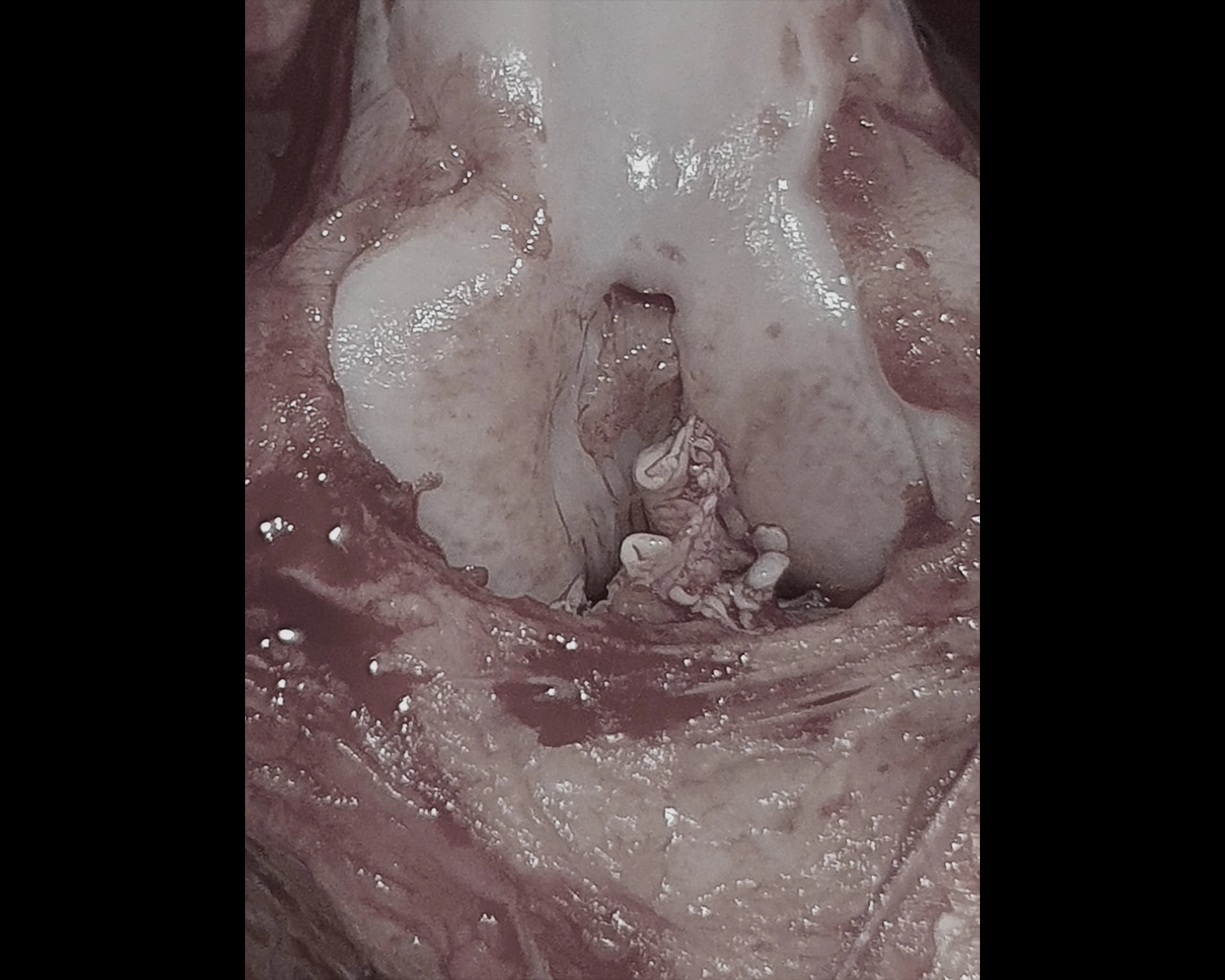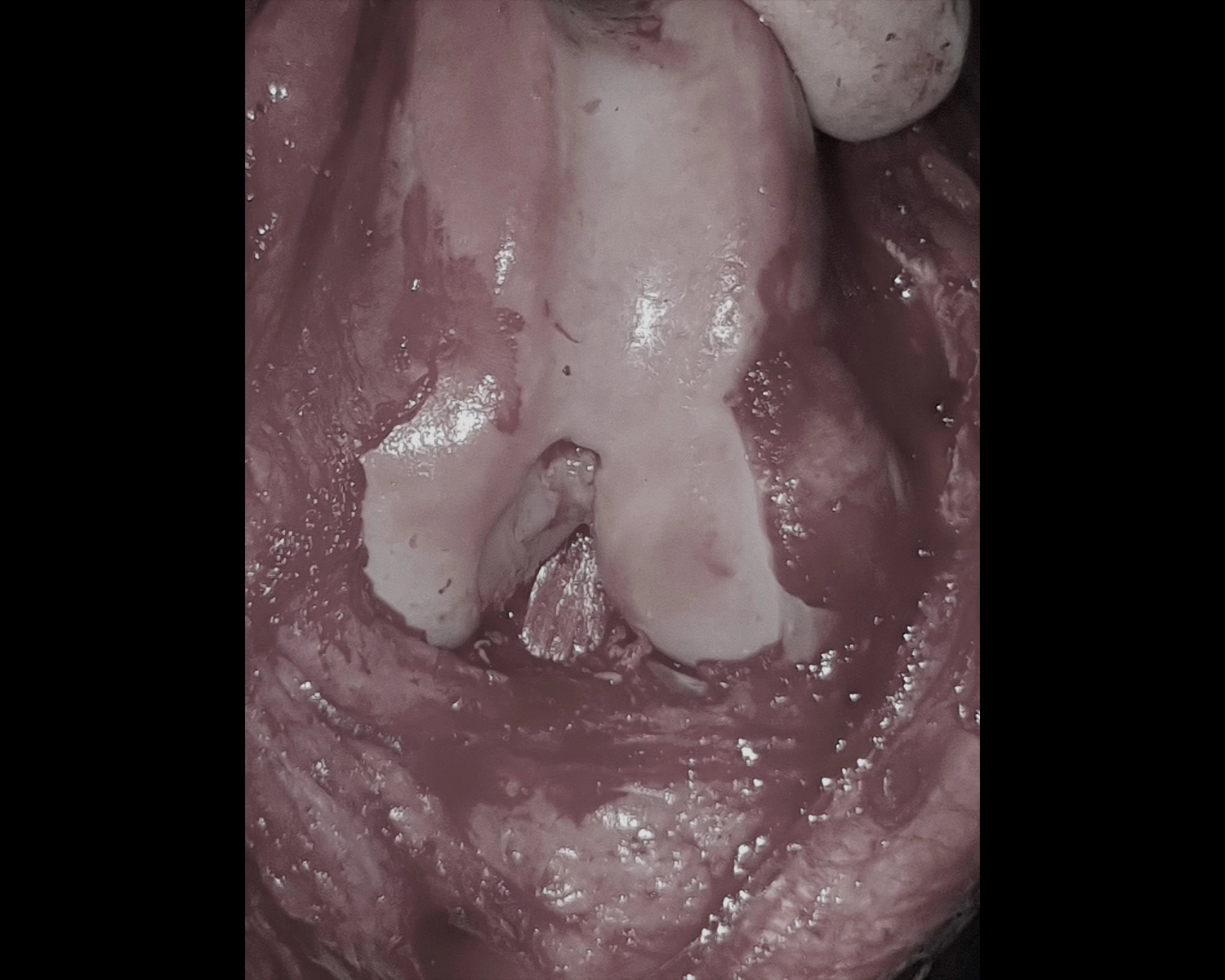ACL Replacement Surgery in Dogs
Zlig – is an artificial implant that exactly replaces a torn Anterior Cruciate Ligament (ACL) in your dog.
Of the current methods used to repair a complete ACL tear, Zlig is the only “Direct” ACL stabilisation procedure because it replaces the torn ACL. All other techniques are “In-Direct” as they surgically modify how the stifle (knee) operates to allow it to cope with a torn ACL.
Replacing a torn ACL is the standard of care in humans, and this is now an option for dogs too. In the past few years, Zlig implant surgery has progressed to where there are fewer health issues and greater strength and stability in the joint.
Zlig implants are made of the same material used in the LARS procedure in humans, where a torn ACL is replaced with a new artificial ACL. The implant is extremely strong, and the section of the implant used in the joint is unwoven, which allows the integration of fibroblasts into the implant over time, making it as close to an actual ACL as possible.
The implant is held in place with four screws along boney tunnels drilled for placement. The infection risk with these modern implants is very low, and fracture risk is near zero as no bone is cut, only four holes drilled for implant placement.
While the dog can use the leg immediately after Zlig ACL replacement surgery, we advise cage rest and toilet walks for the first four weeks to allow the stifle to recover fully. We then advise lead walks and restricted activity for a further 2 months, treating recovery essentially in the same way as we do in humans allowing time for fibroblast integration to aid strength long term. Preventing change of direction long term such as fence running and fetching games reduces load on the implant.
Cases are usually sent home the same day and do not need to stay in the hospital overnight. Most owners prefer having their pets with them after surgery, and dogs are quite safe to recover at home.
One unique advantage of a Zlig implant is that it is the only procedure that deals with the medial rotational instability resulting from the ACL tear. The ACL not only angles from the back to the front of the joint (back of the femur to the front of the tibia) but also angles slightly across the joint from lateral to medial to stop internal rotation and stabilise the stifle.
The one limiting factor of the Zlig ACL implant is that it has been designed for dogs in the 5-45kg range. The technique may be suitable for larger dogs but will depend on their activity level and the load placed on the implant. One option in very large dogs is placing two implants to increase the strength further, although this will increase the cost.
Our current cost for Zlig Implant surgery is $3,100 to $3,500.
Zlig implant surgery restores mobility and strength in dogs suffering from a torn ACL. The implant does not require modifying or cutting bones.
Optional pre-anaesthetic blood test available for all surgeries (additional cost)


We closed the joint using absorbable sutures, then closed the skin using absorbable ford interlocking. After the surgery, we took an x-ray of the lateral stifle to check that everything had gone to plan.We bandaged the area using melolin/vetwrap stik and continued with IV fluids and a fentanyl infusion to help manage her pain.
Molly was able to go home later the same day. We also sent home some strong pain medication to help her through her recovery (including clay tablets, gabapentin capsules, metacam oral medication, trazodone capsules and Zydax injections).

BVSC(HONS)
Dr Plummer has always had a deep love for animals and graduated from the University of Queensland with Honours. in his Bachelor of Veterinary Science. After the success of his Brisbane clinic, Dr Plummer has launched Melbourne Pet Surgery with the goal of lowering the cost of high-quality pet care for all Melburnians.